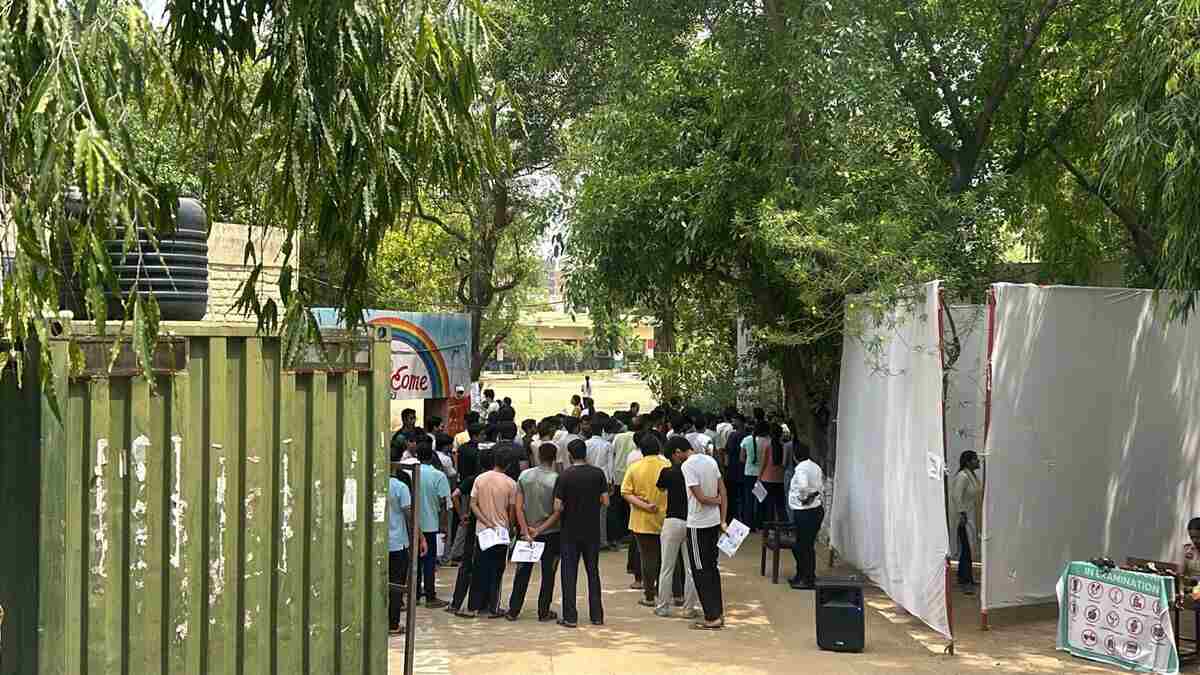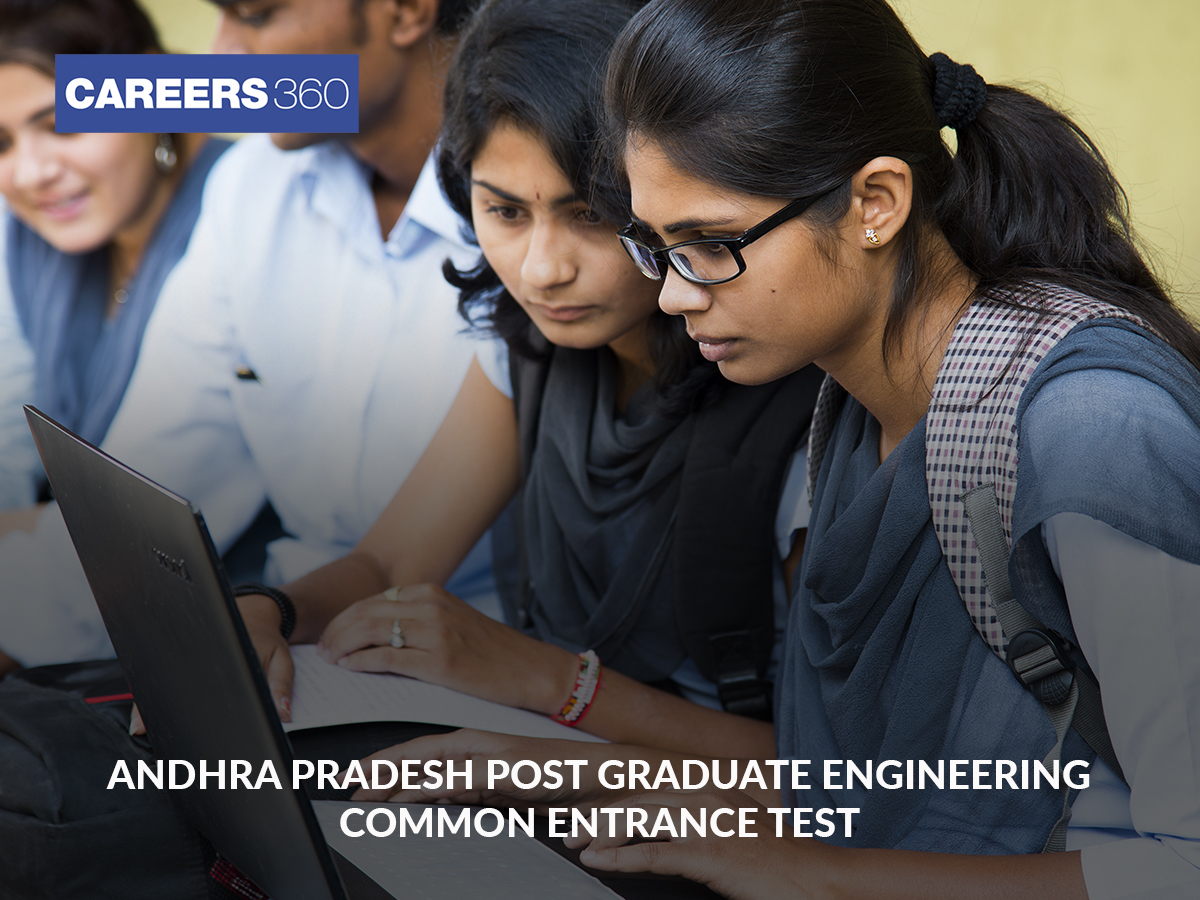Materials, manufacturing, and industrial engineering: Unit 01
Engineering materials- Structure and properties of engineering materials, heat treatment, stress-strain diagrams for engineering materials
Materials, manufacturing, and industrial engineering: Unit 02
Metal casting- Design of patterns, moulds and cores; solidification and cooling; riser and gating design, design considerations
Materials, manufacturing, and industrial engineering: Unit 03
Forming- Plastic deformation and yield criteria; fundamentals of hot and cold working processes; load estimation for bulk (forging, rolling, extrusion, drawing) and sheet (shearing, deep drawing, bending) metal forming processes; principles of powder metallurgy
Materials, manufacturing, and industrial engineering: Unit 04
Joining- Physics of welding, brazing, and soldering; adhesive bonding; design considerations in welding
Materials, manufacturing, and industrial engineering: Unit 05
Machining and machine tool operations- Mechanics of machining, single and multi-point cutting tools, tool geometry and materials, tool life and wear; economics of machining; principles of nontraditional machining processes; principles of work holding, principles of design of jigs and fixtures
Materials, manufacturing, and industrial engineering: Unit 06
Metrology and inspection- Limits, fits, and tolerances; linear and angular measurements; comparators; gauge design; interferometry; form and finish measurement; alignment and testing methods; tolerance analysis in manufacturing and assembly
Materials, manufacturing, and industrial engineering: Unit 08
Production planning and control- Forecasting models, aggregate production planning, scheduling, materials requirement planning
Materials, manufacturing, and industrial engineering: Unit 09
Inventory control- Deterministic and probabilistic models; safety stock inventory control systems
Materials, manufacturing, and industrial engineering: Unit 10
Operations research- Linear programming, simplex method, transportation, assignment, network flow models, simple queuing models, PERT, and CPM








